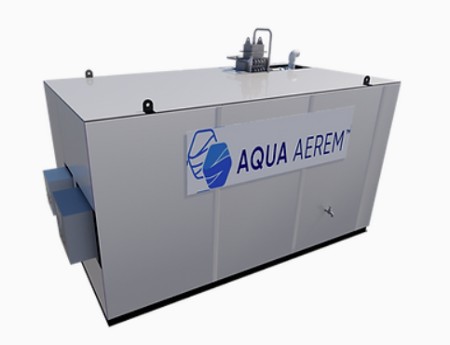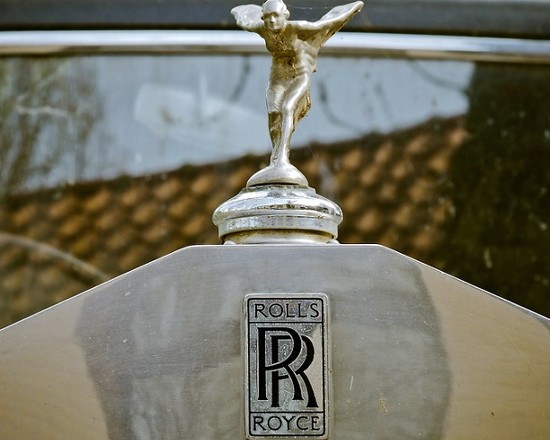In the last couple of weeks, three stories of note about green hydrogen caught my eye. The first comes from Australia; the second from Rolls Royce; and the third from Wood Mackenzie.
Australia Announces 10 Gigawatt Green Hydrogen Project
Australia’s Northern Territory is planning to harvest water from the air and electrolyze it to produce hydrogen. The total cost of the project is expected to exceed $10 billion US. The developer of the project, which has been given the name Desert Bloom, is Aqua Aerem.
The challenge is two-fold. The Northern Territory is a very dry place. So how can you build a facility to extract hydrogen from water when you need 9 litres of it to get one kilogram of the gas?
Aqua Aerem has developed water-making technology powered by renewable solar energy with the only byproduct, air. The Desert Bloom Project will begin with an 8 Megawatt test facility utilizing four of the company’s Hydrogen Production Units (see image below), each a self-contained module with solar panels, and a parabolic solar thermal heater to capture water from the air and extract hydrogen. Phase Two will expand to 200 units to produce 400 Megawatts and eventually thousands of modules will be deployed to reach the 10 Gigawatt capacity goal.

Aqua Aerem is Latin for “water air.” The hydrogen is destined for the Northern Territory’s power company, Territory Generation which plans to use the gas for a powerplant that will generate electricity for the township of Tennants Creek.
An existing natural gas pipeline will be converted to transport the gas to the port of Darwin for export to Asia as the project scales up.
How Much Will a Rolls-Royce Fuel Cell Cost?
Knowing how much the car costs, when I heard about Rolls-Royce getting into the fuel-cell business I had to ask the above question. Unveiled at the COP-26 Climate Conference in Glasgow, Rolls-Royce showed off its mtu hydrogen fuel cell capable of generating 150 Kilowatts of electricity or enough to heat and light 10 homes. mtu is a Rolls-Royce brand that includes diesel-powered modular units for power generation. But this version is hydrogen-powered and modular. As a result, it can be deployed in multiple units to power facilities not hooked up to the grid. In ships, several of the units could be deployed and fire up only when demand requires more than one to operate. That’s the flexibility of the modular design. As flexible as a diesel-powered generator, the Rolls-Royce hydrogen mtu will give remote communities an alternative that is greenhouse-gas-emissions-free.
The company hopes to deploy modules in microgrids to support off-the-main grid distributed power. Scalability makes it extremely attractive. But at what price?

Hydrogen Pricing Expected to Decline Dramatically by 2030
The cost of electrolyzers and the proliferation of abundant renewable energy is expected to make green hydrogen cost-competitive by 2030 according to analyst Wood Mackenzie.
Today, the bulk of hydrogen is produced using fossil fuels, particularly coal and natural gas. Designated blue or gray, they are cheaper than green hydrogen to produce. But both produce greenhouse gas emissions.
In 2019, global demand for hydrogen amounted to 70 million tons annually. This is expected to grow dramatically through this decade as hydrogen replaces natural gas in the making of steel, cement, aluminum and other materials.
The key to green hydrogen production costs is the cost of electrolyzers and renewable energy. Already renewable solar and wind are getting cheaper than thermal energy sources.
In the Wood Mackenzie report it notes that 252 Megawatts of green hydrogen projects had been deployed by 2019 and that by 2025, that number was to grow by an additional 3,205 Megawatts, a 1,272% increase.
Currently, green hydrogen is more expensive than comparable fuels including blue and gray hydrogen. But at the current pace of capacity increases, Wood Mackenzie expects the price to drop to $2 per kilogram by 2030, and $1 by 2050 which would make the gas cost-competitive with other energy fuels.










